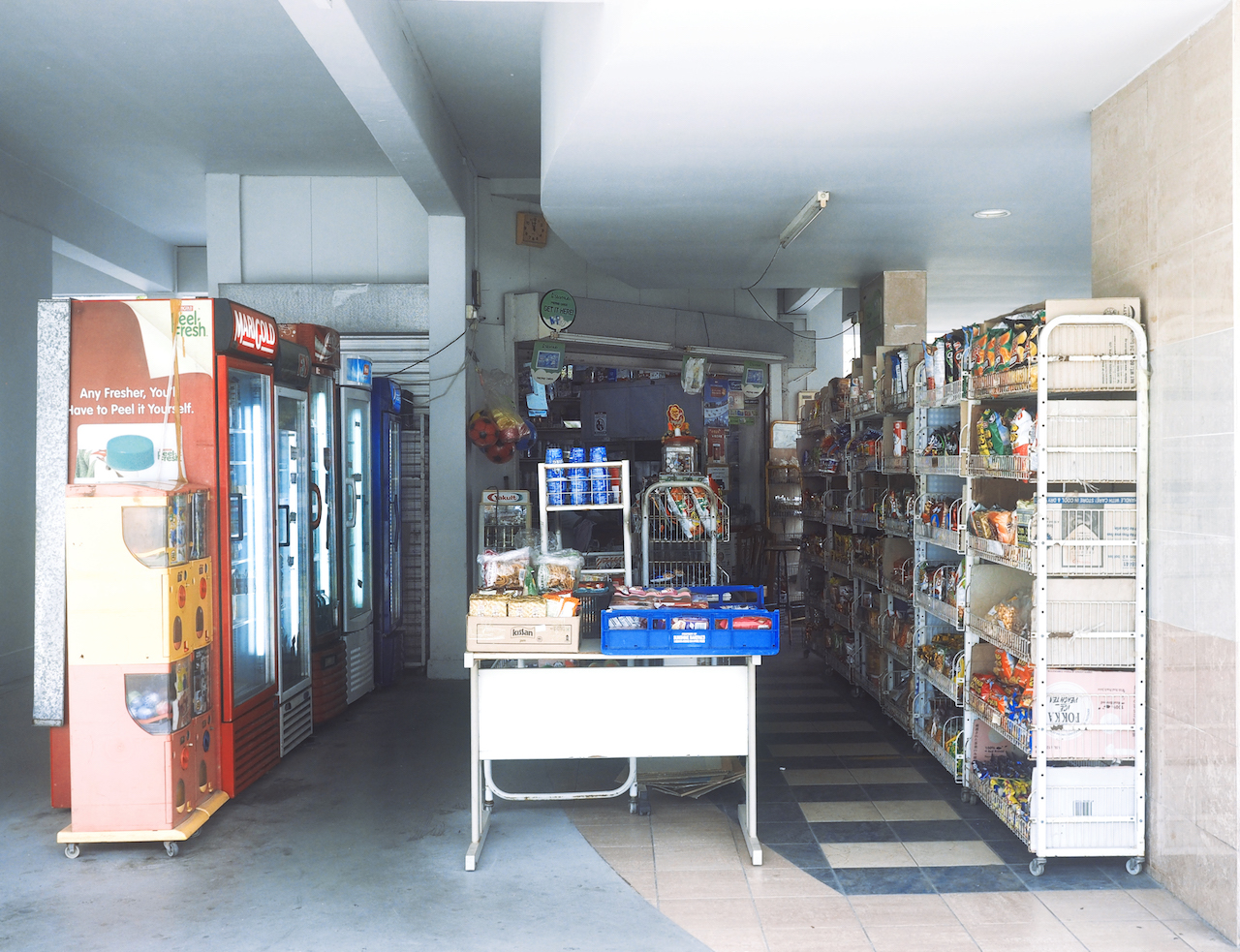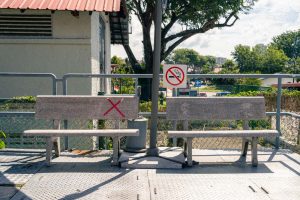Today, they sit on shelves untouched, even if the weather is unbearably hot. In turn, he has had to order more cartons of green tea and 100Plus, which contain relatively less sugar, in order to meet the new demand.
“Families and older customers don’t buy the sugary drinks any more. They are concerned about their health,” he says.
It’s not an isolated incident but a nationwide trend. Almost all the convenience store owners whom I spoke to in various housing estates over the past week reported seeing a slight dip in soft drink sales. Conversely, other “less unhealthy” beverages have been selling more than usual.
There seems to have been a sudden, collective awakening amongst Singaporeans with regards to their unhealthy lifestyles.
Sugary carbonated drinks have long been popular. But lately, the idea of consuming beverages that don’t contain sugar has been sweetened since PM Lee Hsien Loong warned of the ongoing diabetes problem during his National Day Rally speech.
The message was initially hard to swallow, drawing cynical chortles from those who were expecting a more macroeconomic-focused lecture. After all, why should a seemingly trivial matter and one of personal choice be magnified in the most important to be delivered by the prime minister?
But seeing how the words “eat less sugar” have not only been driven home but also driven more Singaporeans away from the sugar-laden soft drinks, PM Lee has had the last laugh.
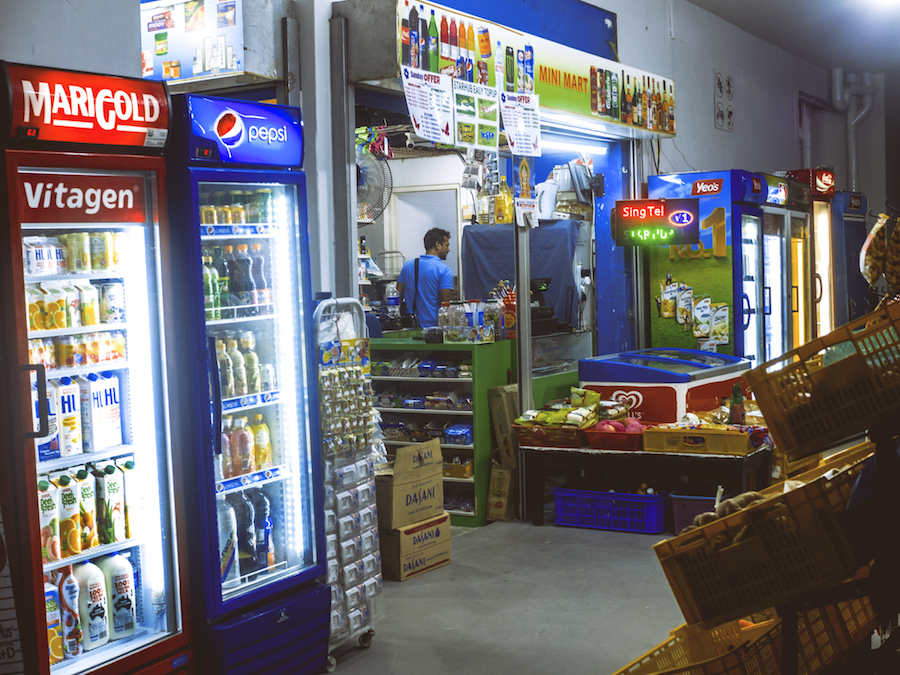
But it has been rumoured that the government’s war on diabetes would not just end here.
PM Lee’s mention of a sugar tax, which has been enforced in other countries, suggests that a similar law may be imposed in the near future to further enforce healthy lifestyles among Singaporeans.
In Mexico, sugary drinks sales dropped by 5.5 per cent in the first year after the tax was introduced in October 2013. Sales dropped a further 9.7 per cent the following year.
Some independently owned “mama shops” here are already feeling a pinch as a result of PM Lee’s message. A sugar tax, which would increase the prices of sugary drinks, could turn out to be even more detrimental to their business.
Ms Zaitun, who runs Zaitun Trading in Bedok, says soft drinks constituted about 70 per cent of her overall drinks sales in the past.
Since PM Lee’s National Day Rally, this ratio has now tipped in favour of non-sugary drinks. Her existing stock of Coke, Sprite and Fanta, are all moving much more slowly.
She remains cautiously optimistic about the future of her convenience store, which she has been operating for four years.
“I agree with the government that we should live healthier lives—I even stop my children from drinking sugary drinks. If there is really a sugar tax next time, it will definitely affect my business. But I will understand the rationale and I will just have to adjust my business accordingly,” she says.
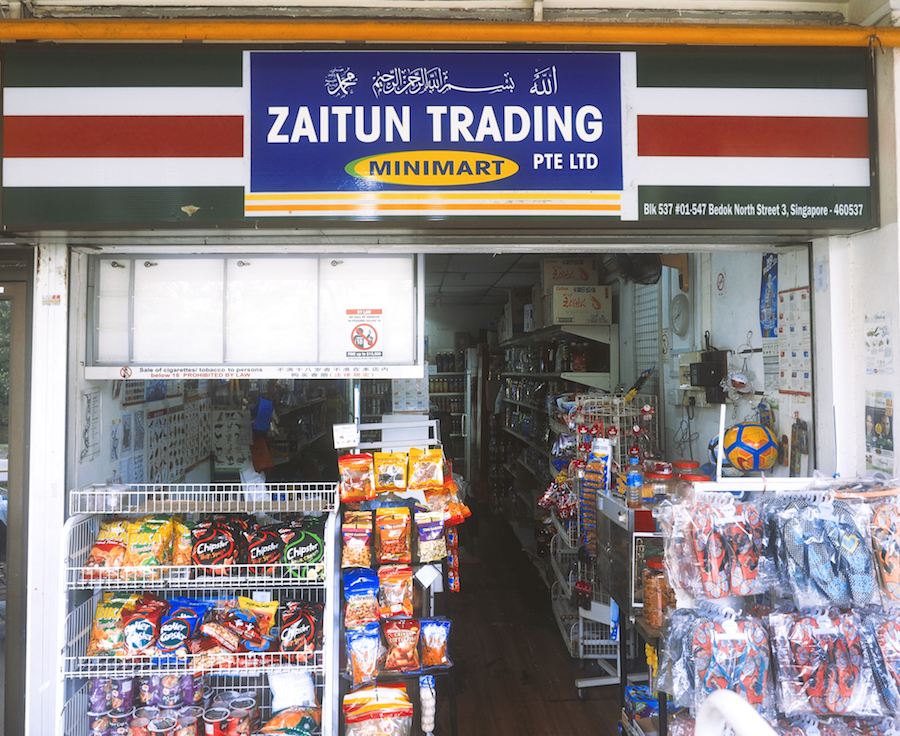
The ban on the display of cigarettes in shops, which came into effect on Aug 1, requires all general retailers to conceal tobacco products in plain, undecorated and opaque containers. Cabinets at smaller shops are provided for by the tobacco companies .
Retailers are not allowed to open the display for customers to browse, and can only provide a text-only price list upon request.
This is supposed to help reduce non-smokers’ exposure to the advertising effect of tobacco product displays, and to help smokers who are trying to quit avoid impulse buys.
Seven out of 10 mama shop owners whom I spoke to told me that their cigarette business has dipped about 10 to 15 per cent on average due to the new law, though most were unwilling to share exact revenue figures or percentages.
While 10 to 15 per cent may seem like a small figure on paper, the damage to mama shops is potentially huge. With the hefty levy imposed on tobacco—38.8 cents per gram of cigarette, mamashops are already operating on a razor thin margin for cigarettes.
Assuming that a mama shop makes only 10 per cent profit on cigarettes, it would need to sell 10 additional packs for every unsold pack. To compound their troubles, each pack has an average shelf life of only six months.
Once you account for overheads, such as rent and electricity, it’s hard to imagine how many cigarette packets a mamashop needs to sell to cover its costs.
Demand for cigarettes is simply not going to rise again, as long as existing measures are in place to limit sales.

Promotional schemes for tobacco products are also not allowed.
At this rate, as long as they continue to rely on cigarette sales to keep going, the future of the mama shop is hazy.
Ms Dee, who runs a convenience store in Macpherson, says many customers assume that her shop does not sell cigarettes because they do not see the displays. This is despite a sticker stuck on the cabinet behind the counter which warns against selling cigarettes to minors.
“Most of my customers who buy cigarettes are regulars. If they forget what brand of cigarettes they smoke, at least I still remember,” she laughs. “But new customers may not know about the new rule, and if they do not see the cigarettes, they will walk out without buying anything else.”
In some ways, the display ban seems to be effective in keeping casual or non-smokers away from the cigarette shelves. Regular smokers are not deterred, however, as Ms Zaitun points out.
“Smokers know what they want and most can tell me the brand exactly. The old uncles may have a poor memory, so I tell them not to throw away the cigarette packs and bring back to my shop so that I can get them a new one.”
Prof Tan Ern Ser, a sociology professor at the National University of Singapore, says that the display ban is largely symbolic and may not be entirely effective in discouraging smoking.
“The ban can be seen as one tool in a box of other tools. It has limited effects, but if seen as part of a package of other measures, I’d argue that it is a useful measure.”
Although workarounds to the display ban are easy, a gradual shift in consumer behaviour as a result of such government initiatives would still hurt the small mama shop in the long run.
Unlike chain convenience stores like 7-11 and iEcon mini-mart, mama shops do not have the physical size and shelf space to display a wide variety of goods. With the exception of those that bring in small quantities of fresh produce and spices to cater to some households, mama shops depend largely on the sale of drinks and cigarettes for survival.

“A large bulk of my customers buy drinks and cigarettes together. Now with the display ban on cigarettes, plus people don’t want to drink soft drinks any more, my business has not been as good as before. It’s okay but not very good.”
She adds that the profit margin of drinks has since dropped to about 20 per cent, meaning she would have to sell twice as many drinks to make up the deficit.
Drinks and cigarettes have very much formed a symbiotic relationship with each other, and are synonymous with the notion of a mama shop’s service in the neighbourhood. For smokers, paying a dollar for a can of Coke is inexpensive if it means doubling the pleasure by enjoying a cigarette with a sweet beverage.
Take either out of the equation, and there is little reason left to visit a mama shop. Take both out, and you will probably kill the mama shop as we know it.
Over at Boon Keng, Mr Satheesh Kumar also observes a similar trend in the relationship between drinks and cigarettes at his mama shop.
Cigarettes constitute 30 to 40 per cent of his revenue, with drinks and pre-paid card top-ups comprising the remaining bulk of his business. Over the past month, he has seen cigarette sales fall 10 to 15 per cent, although he is still able to sell 50 to 60 packs a day. Sales of sugary drinks have also dropped 10 to 15 per cent.
“I think a sugar tax may make things even worse. When a can of Coke is significantly more expensive, naturally people would buy something else to drink or not drink at all. And when they don’t want to buy a drink, they probably will not think about buying cigarettes too.”
I jokingly ask if someone would buy a bottle of oolong tea and a pack of cigarettes. Mr Satheesh shrugs, “What do you think?”
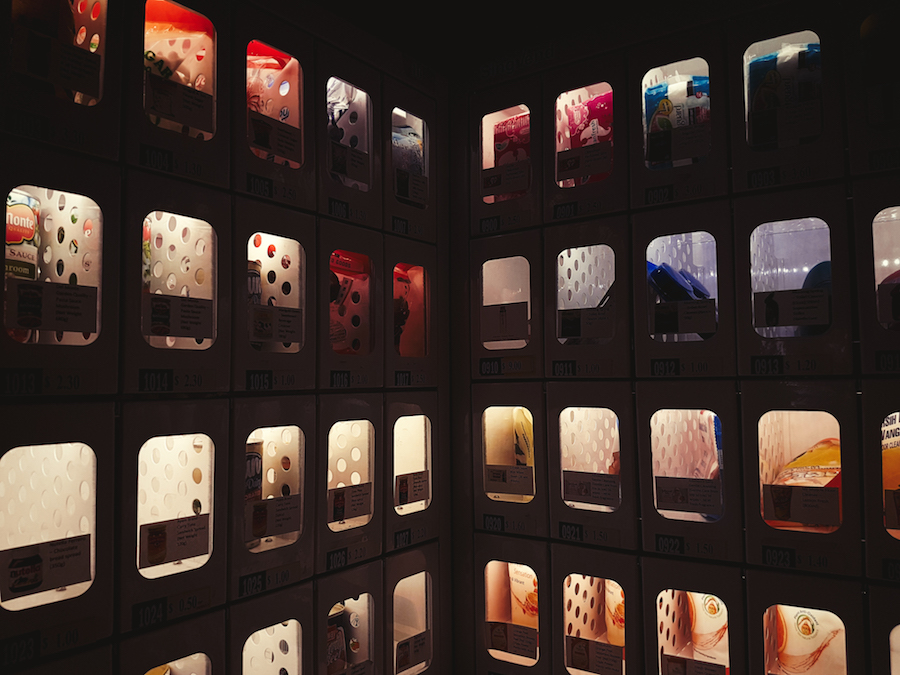
The sight of shopkeepers taking naps or reading the newspaper with the fan and refrigerators whirring in the background paints a picture of nostalgia, as though these were scenes from the early ‘90s.
At the same time, they are also slowly becoming relics, on the verge of being fossilised as artefacts of Singapore’s history.
In the face of supermarket chains and e-commerce, do we still need the mama shop? We don’t even buy newspapers from them any more, since a majority of print content has gone digital.
Unfortunately, as much we want to keep our heritage and tradition, the sad truth is the mama shop may soon no longer be relevant. Even as the government is attempting to help traditional retail to move with the times, those who do not stay abreast of new technologies or consumer habits will lose out.
Right now, the mama shop exists mostly as a point of convenience for the family that needs to settle the next day’s breakfast without hassle, or the customer with a parched throat who happens to walk by.
At where the convenience store nearest to my house used to be, where there was once shelves of snacks and candies, capsule hotel-esque vending machines attempt to seduce me with singular displays of regular household items under an orange glow.
It’s like I’ve stepped into the world of Ghost in the Shell in a 5m by 5m space under an HDB block. It feels so robotic, so void of emotion.
It feels wrong. But sadly, this may very well be the future of the mama shop.

